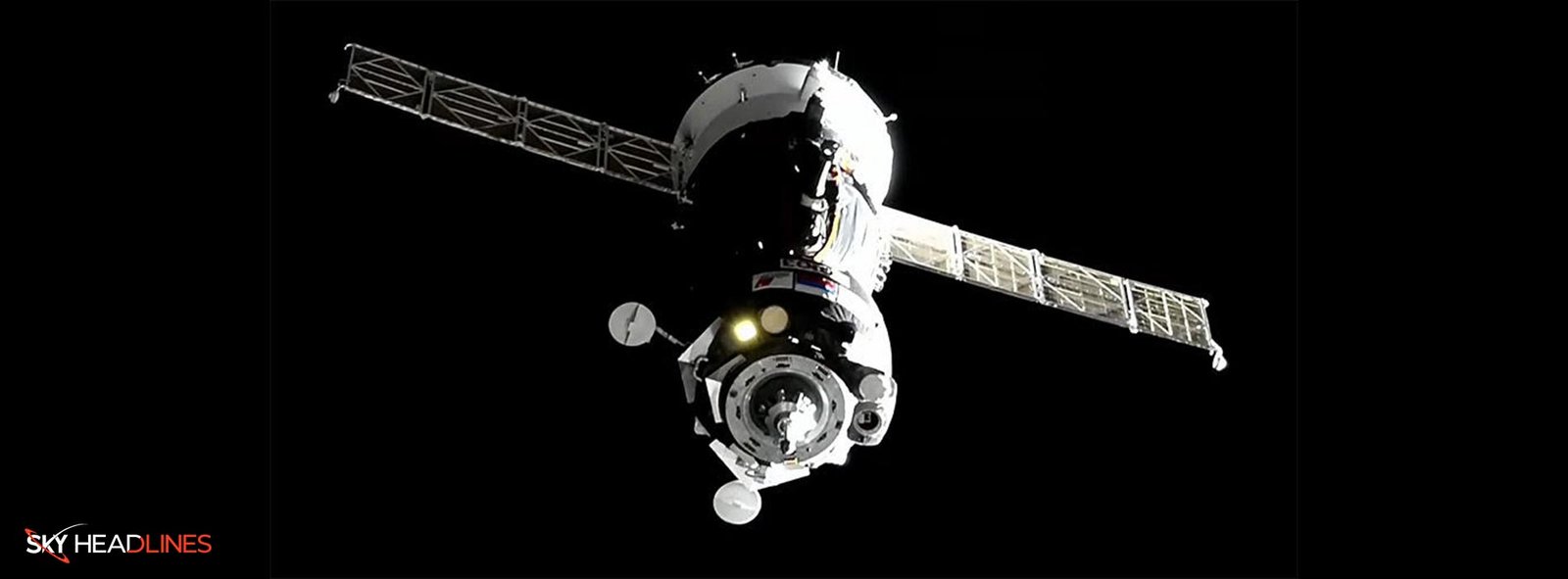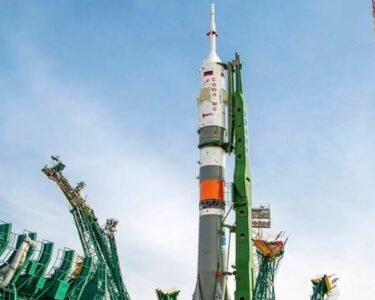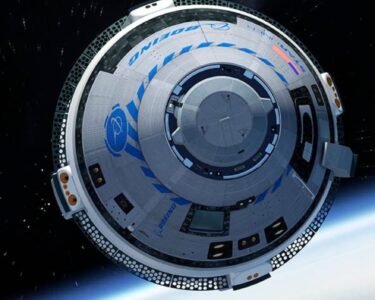The Soyuz spacecraft, a quintessential icon of human space exploration, stands as a testament to the ingenuity and perseverance of spacefaring endeavors. This venerable vessel, originating from the Soviet Union, has transcended geopolitical boundaries and temporal epochs, evolving from a Cold War relic into a vital instrument in the collaborative ventures of international space exploration. Its longevity and adaptability not only reflect the technological advancements in aerospace engineering but also embody the shifting paradigms of space exploration from nationalistic competition to global cooperation.
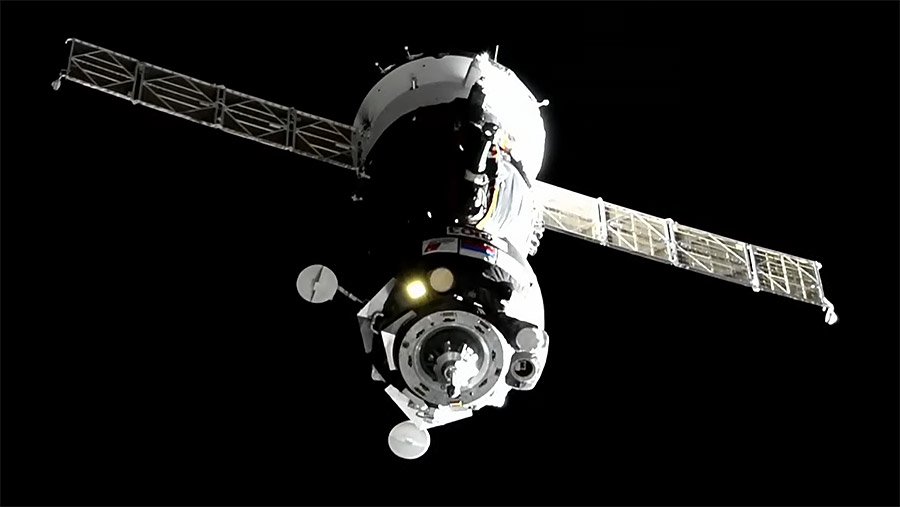
Soyuz Spacecraft Genesis and Historical Context
The genesis of the Soyuz spacecraft is intrinsically linked with the fervent space rivalry that defined the mid-20th century, primarily manifesting as an acute contest between the United States and the Soviet Union. This period was marked by a vehement pursuit of space exploration supremacy. Conceived in the 1960s, the Soyuz emerged under the aegis of Sergei Korolev, the preeminent Soviet rocket engineer. This endeavor was an integral component of the Soviet Union’s ambitious manned spaceflight initiative. Its initial design was a direct response to the American Apollo spacecraft, aiming to achieve comparable capabilities in orbit rendezvous, docking, and crew transfer.
Design and Evolution
The Soyuz spacecraft’s architecture is distinguished by its tripartite configuration: the Orbital Module, the Re-entry Capsule, and the Service Module. The Orbital Module, located at the front, serves as the living and working space for astronauts. The Re-entry Capsule, the heart of the spacecraft, is designed for astronaut accommodation during launch, space travel, and re-entry. The Service Module, at the rear, houses the propulsion and avionic systems.
Through a series of evolutionary advancements spanning several decades, the Soyuz spacecraft has experienced substantial transformations and enhancements. The initial versions, starting with Soyuz 1, were plagued with technical difficulties and tragic mishaps, including the death of cosmonaut Vladimir Komarov in 1967. However, these setbacks were instrumental in fostering significant design improvements. The successive iterations, specifically the Soyuz-T and Soyuz-TM, incorporated advanced propulsion mechanisms and solar arrays to augment power capabilities. Furthermore, these models were equipped with refined docking technologies, facilitating seamless integration with both the Mir Space Station and the International Space Station (ISS).
Operational Milestones of Soyuz Spacecraft
The operational history of the Soyuz spacecraft is replete with significant milestones that have enriched the narrative of space exploration. A notable instance is the Soyuz 11 mission in 1971, which achieved the first manned occupation of a space station, Salyut 1. Despite the tragic denouement of its crew during re-entry, this mission accentuated the potential for long-duration space habitation. The Soyuz MS-24 spacecraft marks a major advancement in space exploration, achieving key milestones and exemplifying the fusion of technological progress and international collaboration in spaceflight.
Soyuz Spacecraft MS-24: Integration with the ISS
The advent of Soyuz MS-24 at the International Space Station on September 15 signifies a pivotal juncture in the chronicles of Soyuz spacecraft endeavors. Embarked from Baikonur Cosmodrome, this spacecraft’s convergence with the ISS exemplifies the epitome of contemporary spaceflight’s efficiency and swiftness. This event not only reinforced the Soyuz spacecraft’s role in the ISS program but also underscored the sophistication of current space travel technologies.
Diverse Crew and Ambitious Mission Objectives
The Soyuz MS-24 mission, characterized by its diverse crew composition, serves as an emblem of the collaborative nature of contemporary space exploration. The amalgamation of astronauts and cosmonauts from various nations aboard the Soyuz spacecraft symbolizes a confluence of skills and experiences conducive to scientific advancement and cultural exchange. The mission aims to achieve scientific discovery and endurance records in space, showcasing the dual aspects of space missions in terms of exploration and human resilience.
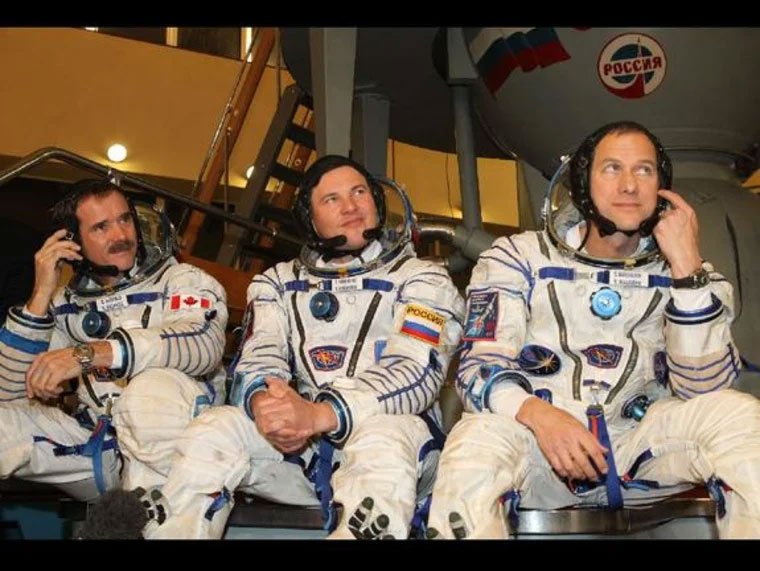
Technological Significance and Contributions
The technological contributions of the Soyuz spacecraft to space exploration are manifold. Its legacy encompasses not only the reliable R-7 rocket system but also a range of scientific and technological advancements, particularly in orbital assembly and station-keeping practices. The Soyuz spacecraft, by involving astronauts from diverse countries, has significantly encouraged international cooperation in space exploration.
Why does NASA use Soyuz?
The decision by NASA to employ the Russian Soyuz spacecraft for the conveyance of astronauts to the International Space Station (ISS) reflects a confluence of pragmatic, geopolitical, and technological imperatives. In the wake of the Space Shuttle program’s cessation in 2011, the United States confronted the absence of an indigenous capability for crewed spaceflight. This predicament compelled a dependency on external avenues to maintain the uninterrupted presence of American astronauts aboard the ISS.
The Soyuz spacecraft, distinguished by its longstanding history of safety and dependability, presented itself as an apt solution. Originating in the 1960s, its design has been subject to a series of enhancements and refinements, affirming its status as one of the most extensively vetted vehicles in the annals of human spaceflight. The Soyuz’s consistent success in crew transport to and from the ISS since the station’s inception underscores its reliability.
Moreover, the utilization of the Soyuz spacecraft embodies a crucial facet of international cooperation in the realm of space exploration. The ISS, a paragon of global collaboration, is a joint venture involving space agencies from the United States, Russia, Europe, Japan, and Canada. The Soyuz deployment symbolizes a wider spirit of collaboration that transcends geopolitical borders, embodying a unified approach to space exploration.
Contemporary Relevance and Future Prospects
In the contemporary context, the Soyuz spacecraft remains an indispensable component of manned space missions, particularly in the context of the ISS program. As commercial spaceflight entities emerge, the Soyuz spacecraft continues to serve as a paradigm of safety and operational efficiency. Looking ahead, the legacy of the Soyuz spacecraft is poised to influence future spacecraft development, embodying a synthesis of proven safety, adaptability, and collaborative spirit.
Conclusion
In conclusion, the Soyuz spacecraft stands as a monumental testament to human tenacity and the quest for knowledge in the cosmos. The Soyuz spacecraft, born from Soviet space ambitions, embodies a legacy of technological innovation, human courage, and the unifying spirit of collaborative space exploration. As humanity gazes towards new cosmic frontiers, the enduring legacy of the Soyuz spacecraft will continue to inspire and inform future space endeavors.


